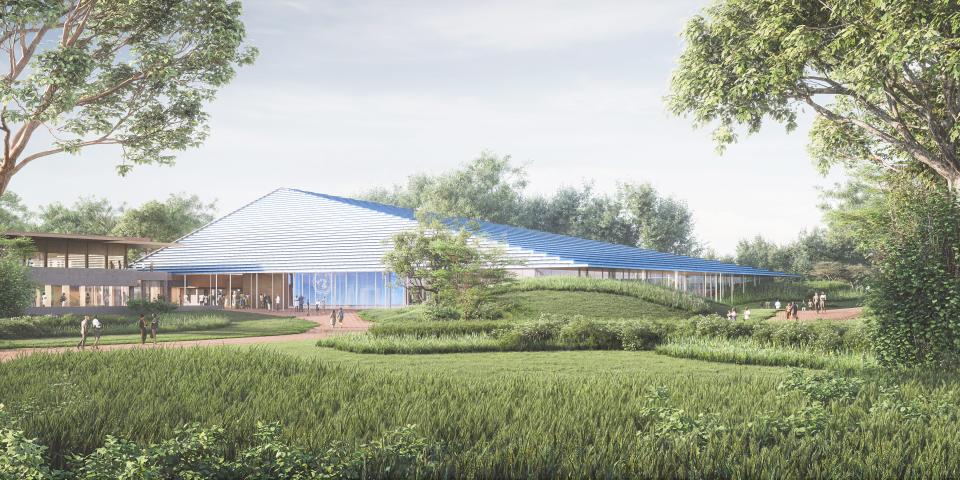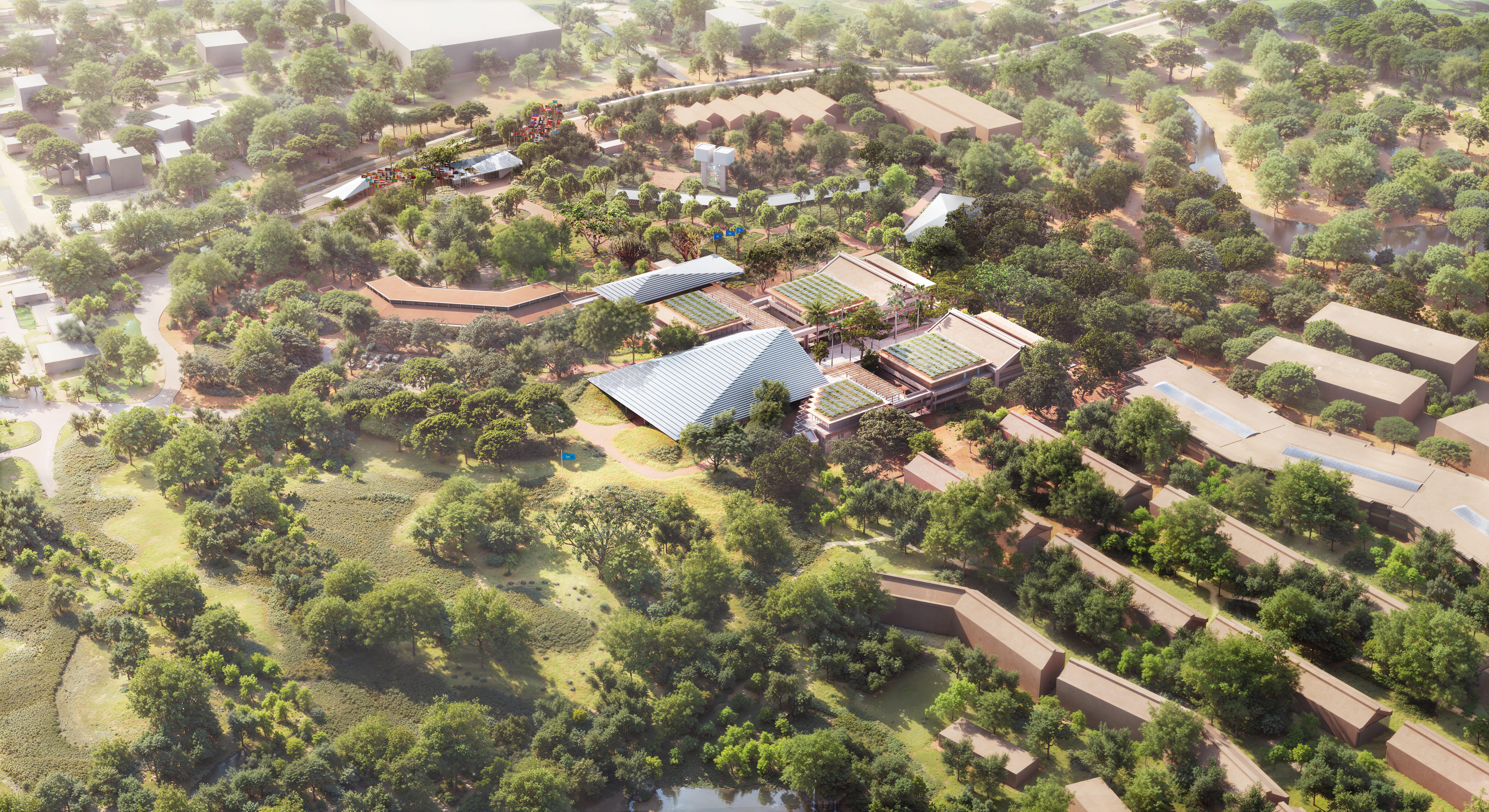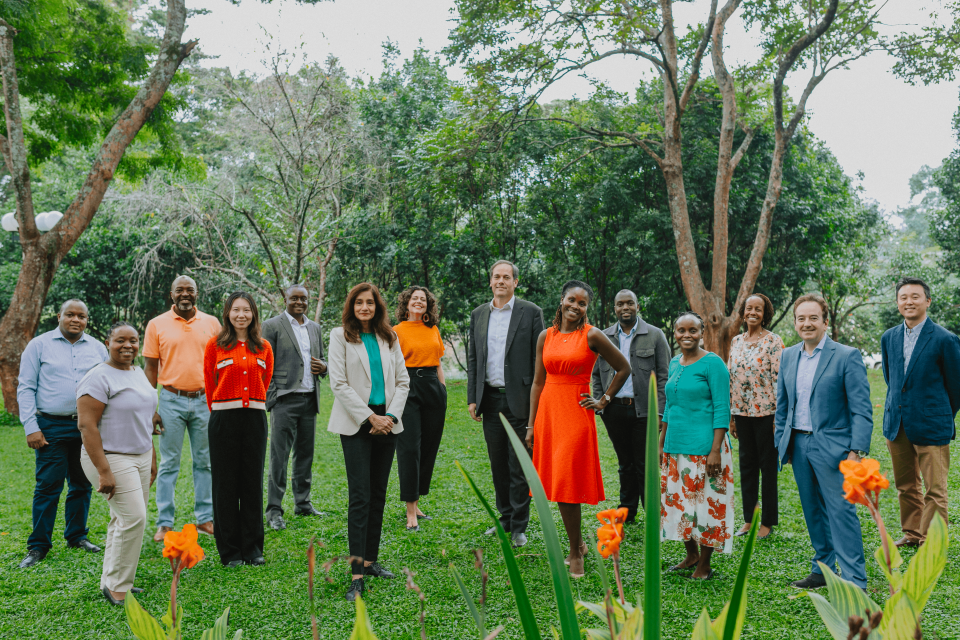The Conference Facilities Project
The Conference Facilities Project
The United Nations Office at Nairobi (UNON), established in 1974, has grown into the largest UN headquarters in the Global South, serving as a key diplomatic and conference hub for over 70 UN agencies, funds, and programmes. However, its conference facilities, built in 1985, are no longer fit for purpose. With a capacity limited to 2,000 participants, the existing infrastructure struggles to accommodate the increasing demand for global UN meetings, including the UN Environment Assembly and the UN-Habitat Assembly. The Conference Facilities Project (CFP), is a once-in-a-generation modernization effort designed to expand UNON’s conference capacity to 9,000 participants, introduce modern conferencing technology, and ensure energy efficiency, universal accessibility, and quality of services.
Approved by the UN General Assembly in its resolution 78/253, the Conference Facilities Project covers an estimated 44,000 square meters of built area with a maximum budget of USD 265.7 million. The project will transform UNON’s conference and public spaces, featuring a new 1,600-capacity Assembly Hall, a dedicated visitors’ center, a media center, fully modernized conference rooms, and smart meeting services equipped with digital accessibility features. The revitalization of UNON’s core infrastructure will reimagine its role as a leading global diplomatic hub while preserving its unique setting within the Karura Forest.
Significant progress has been made in the planning and design stages of the project since they first began in 2021. As of April 2025, the design has been completed, integrating sustainability, accessibility, and advanced conference technology into the project framework. The design features minimalist, modern architecture that evokes traditional architectural forms and is seamlessly integrated into its unique natural setting, maximizing the use of passive lighting and air conditioning, and incorporating local materials and construction techniques. The next phase, construction documentation, will be the final. To date, the General Assembly has appropriated a total of USD 43.1 million for the project, including the detailed design, procurement, and to begin early construction works in the second half of 2025.
Preparations for the construction phase of the project are well-advanced. A geotechnical survey was conducted in March/April 2025, and the relocation of existing parking spaces that will be affected by the impending dismantling of the existing temporary office blocks located within the project site began in January and is expected to be completed by May 2025. In support of the project, the Government of Kenya has also provided critical infrastructure enhancements, including the expansion of UN Avenue into a dual carriageway and improvements to water, sanitation, and internet infrastructure in the areas immediately surrounding the UN complex, ensuring that the upgraded conference facilities will be fully supported by modern utilities.
Energy efficiency and universal accessibility remain central objectives of the Conference Facilities Project. The project is committed to achieving net-zero energy consumption, with photovoltaic solar panels projected to generate in the range of 3-4 gigawatt hours of electricity annually. The expanded facilities will operate entirely on renewable power, thereby avoiding approximately USD 1 million per year in energy costs. Universal accessibility principles have been incorporated into the design, with barrier-free pathways, assistive conference technology for visually and hearing-impaired participants, and fully inclusive infrastructure ensuring that all delegates can engage equally in UN processes.
The Director-General, UNON, serves as owner of the project, and is receiving guidance and advice from two main project-specific governing bodies – the Advisory Board, comprised of Nairobi-based members of the diplomatic corps, who provide input on the project from an end user perspective; and the Steering Committee, comprised of executive UN officials from New York and Nairobi, who ensure that the project remains on track and in support of overall UN goals and objectives. The Director-General, UNON, has appointed a dedicated project management team embedded within the UNON Division of Administrative Services to manage the project.
As early works construction begins in mid-2025, the Conference Facilities Project will usher in a new era for UNON, transforming it into one of the most efficient and accessible UN conference facilities in the world, and the only one of its kind in the Global South. With substantial completion expected by September 2029 and finalization by early 2030, the project will reimagine Nairobi’s role as a global headquarters with an increasingly central role in making the UN more efficient and effective.

Digital Rendering of Assembly Hall Design

Digital Rendering of Visitors Center Design

Digital Rendering of Assembly Hall Interior Design




